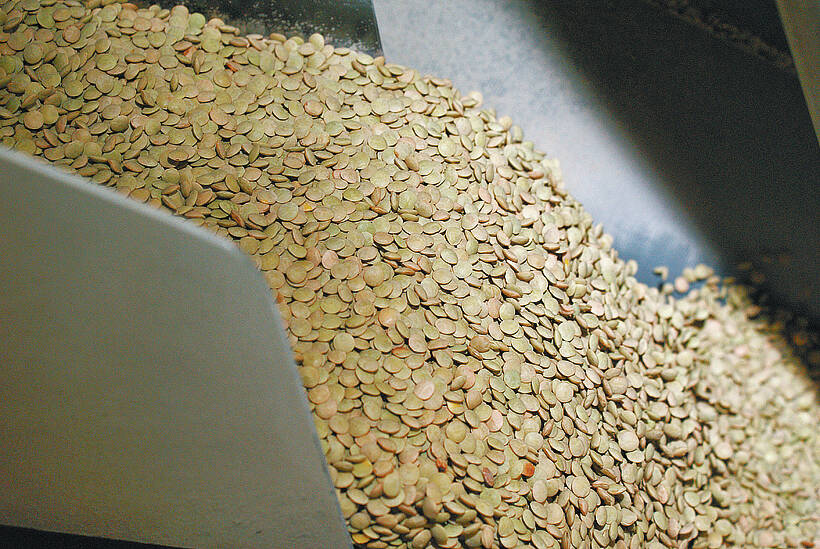A record 2008 grain harvest has replenished depleted world stocks, helped push prices down and made food aid dollars stretch farther, says a report from the United Nations Food and Agriculture Organization.
But those lower prices often do not make it down to affect food prices in poor and developing countries where poverty and hunger are rampant.
Falling commodity prices likely will mean fewer acres seeded to grain crops next year, particularly in developed countries that produce the bulk of the grain, said the Rome-based agency in a year-end report published Dec. 18.
Read Also

Green lentil market oversupplied
Farmers in Western Canada can expect price pressure on their new crop of green lentils, as the available supplies among the world’s major lentil-growing nations increase significantly.
“With the global cereal harvest in 2008 hitting a new record, a significant improvement in the global supply and demand balance for cereals in the 2008-09 season is expected,” said FAO analysts. “A 10 percent increase in world cereal stocks could now be possible.”
They estimated total production of wheat, coarse grains and rice will hit 2.245 million tonnes this year, almost a quarter of a billion tonnes more than two years ago.
Because of increased demand and falling fuel prices, export prices have plunged from last year’s record levels.
The FAO said the average export price in U.S. dollars in December is $227 per tonne for wheat compared to $381 in December 2007. Rice prices have fallen since record levels in May but still are more than 50 percent higher than a year ago.
However, the poor and hungry who are among the more than 900 million people considered chronically undernourished do not always see the benefit of lower prices in local markets.














